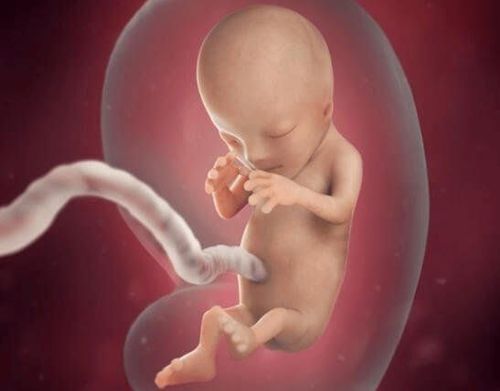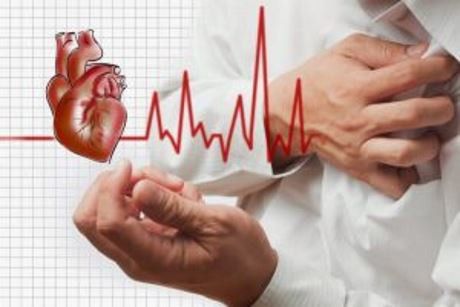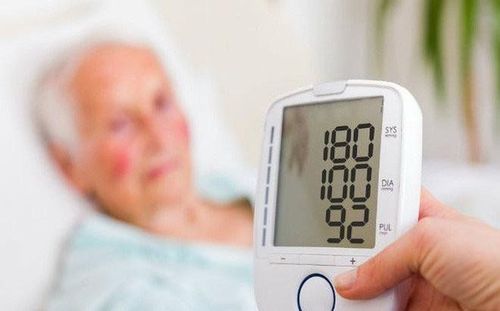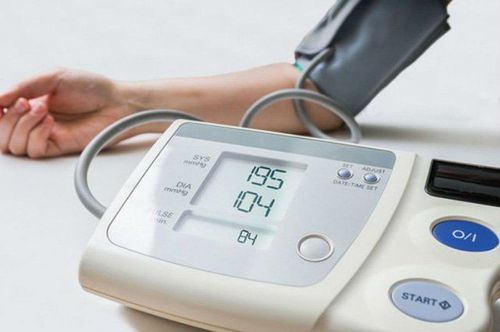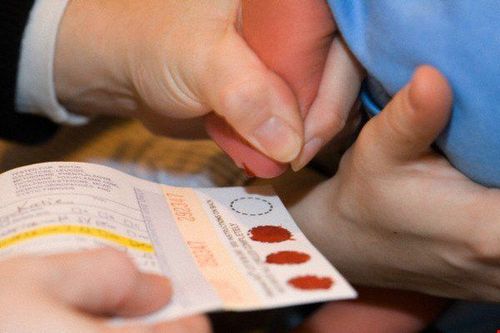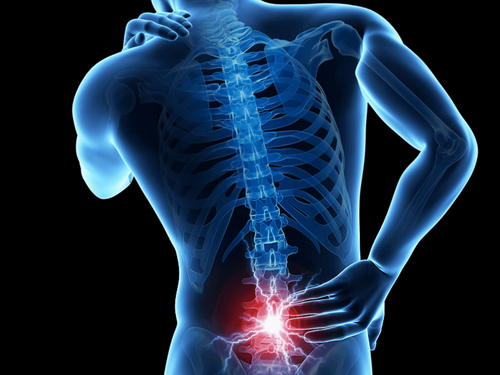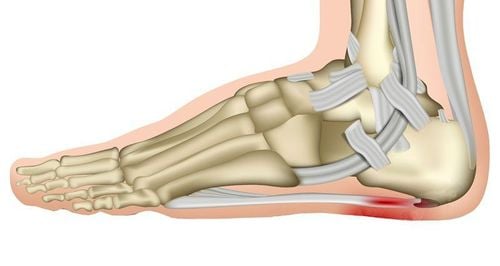Nội dung bạn đang tìm kiếm không có phiên bản tiếng Việt.
Vui lòng chọn tiếp tục để xem nội dung tiếng Anh hoặc đi đến trang chủ Tiếng Việt.
Rất xin lỗi về sự bất tiện này.

Home
Tag Stop circulation
Articles in Stop circulation
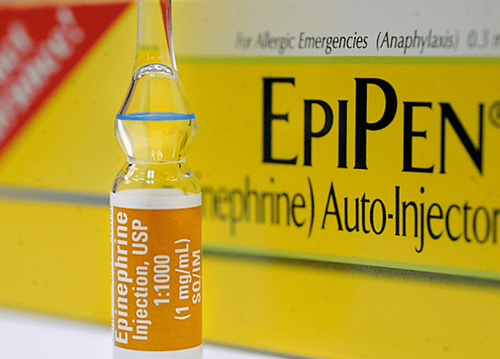
Epinephrine (adrenaline) and what you need to know
Epinephrine acts directly on the sympathetic nervous system and causes changes in many organs in the body. This drug is best known and used in the treatment of anaphylaxis, circulatory arrest.
Xem thêm
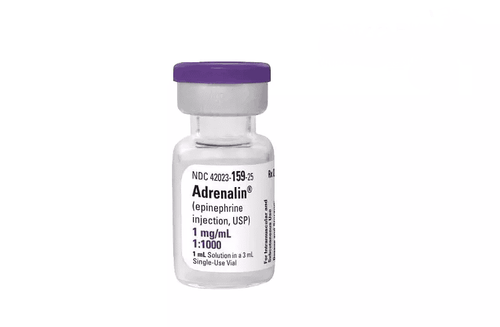
Why should adrenaline be used in emergency circulatory arrest?
Circulatory arrest is a medical emergency that must be restored to circulation quickly. Prolonged circulatory arrest will cause irreversible brain damage, which can cause sequelae after restoring circulation. Along with chest compressions, airway clearance, breathing, the use of adrenaline in emergency circulatory arrest is very important.
Xem thêm
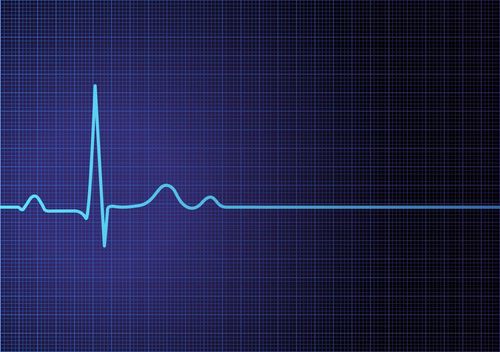
Cardiac arrest: What you need to know
Cardiac arrest or cardiac arrest is an extremely dangerous, life-threatening phenomenon. Cardiac arrest requires early intervention to prevent brain loss. There are only 3 minutes to act in the event of a cardiac arrest.
Xem thêm

Nerve damage after circulatory arrest
Circulatory arrest is a state in which the heart stops supplying blood to the body... This can happen suddenly due to electric shock, drowning, multiple trauma, anaphylaxis... or as a result of a medical condition. Chronic diseases such as cancer, cirrhosis, heart failure, kidney failure... Nerve damage is a remarkable problem of resuscitation after circulatory arrest.
Xem thêm
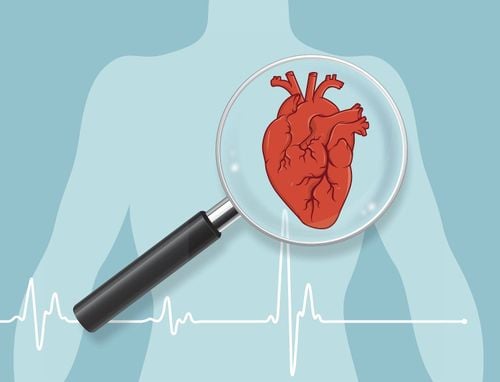
Hypothermia in emergency and cardiovascular resuscitation
Hypothermia in emergency and cardiovascular resuscitation is a modern technique with the main purpose of minimizing cell damage in the body, especially brain cell damage. So how does hypothermia in cardiovascular emergency take place?
Xem thêm
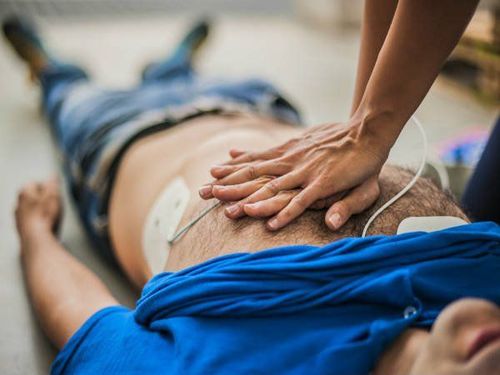
Cardiac tamponade in circulatory arrest emergency
Circulatory arrest is a very serious emergency. At that time, the heart can't contract, leading to the lack of blood supply to the organs in the body, especially the brain, the coronary system, the lungs... So cardiac compression in emergency circulatory arrest has a role to play. how?
Xem thêm
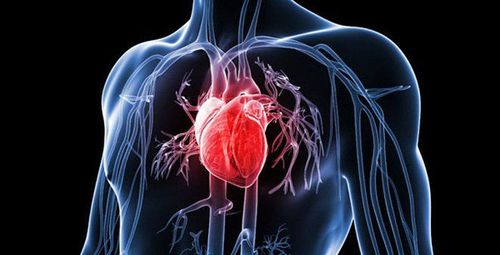
Methods of hypothermia in emergency and cardiovascular resuscitation
Cardiovascular hypothermia is a neuroprotective strategy that has shown high efficacy in clinical practice, capable of affecting more than 20 mechanisms behind ischemia and reperfusion to help minimize brain damage after cardiac arrest, reduce cerebral edema, and increase patient survival in emergency cardiovascular resuscitation.
Xem thêm
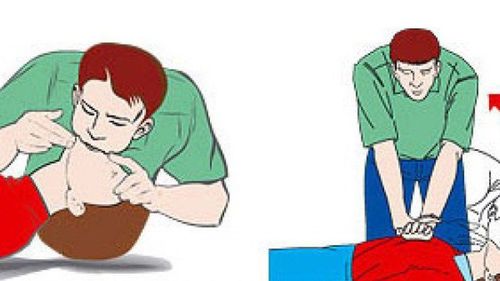
Some special notes when performing basic circulatory arrest
Performing basic CPR correctly and early on in a patient with cardiac arrest has been shown to be of great benefit in saving the patient. However, there are some situations that make the usual CPR steps more difficult. Here are some frequently asked questions about CPR.
Xem thêm
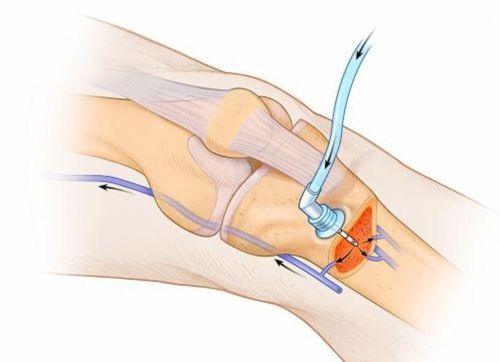
Technique of placing the line in the bone
Intraosseous (IO) access is an infusion line established into cancellous bone using an intraosseous needle in cases of cardiopulmonary arrest or other life-threatening emergencies where venous access (with difficulty) cannot be achieved rapidly.
Xem thêm

Why is it important to clear the airway in an emergency?
Not only patients with foreign bodies in the airways but also patients with fainting, respiratory arrest, and circulatory arrest need to clear the airways. This proves that clearing the airways for patients is extremely important.
Xem thêm
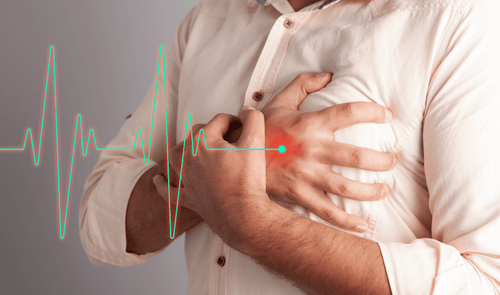
Electric shock in the treatment of cardiac arrhythmias
Electrocardiography is one of the treatments for arrhythmias, which can be done alone or in combination with other treatments.
Xem thêm




